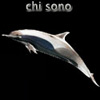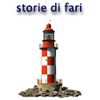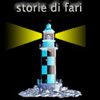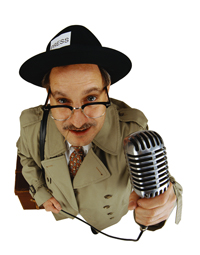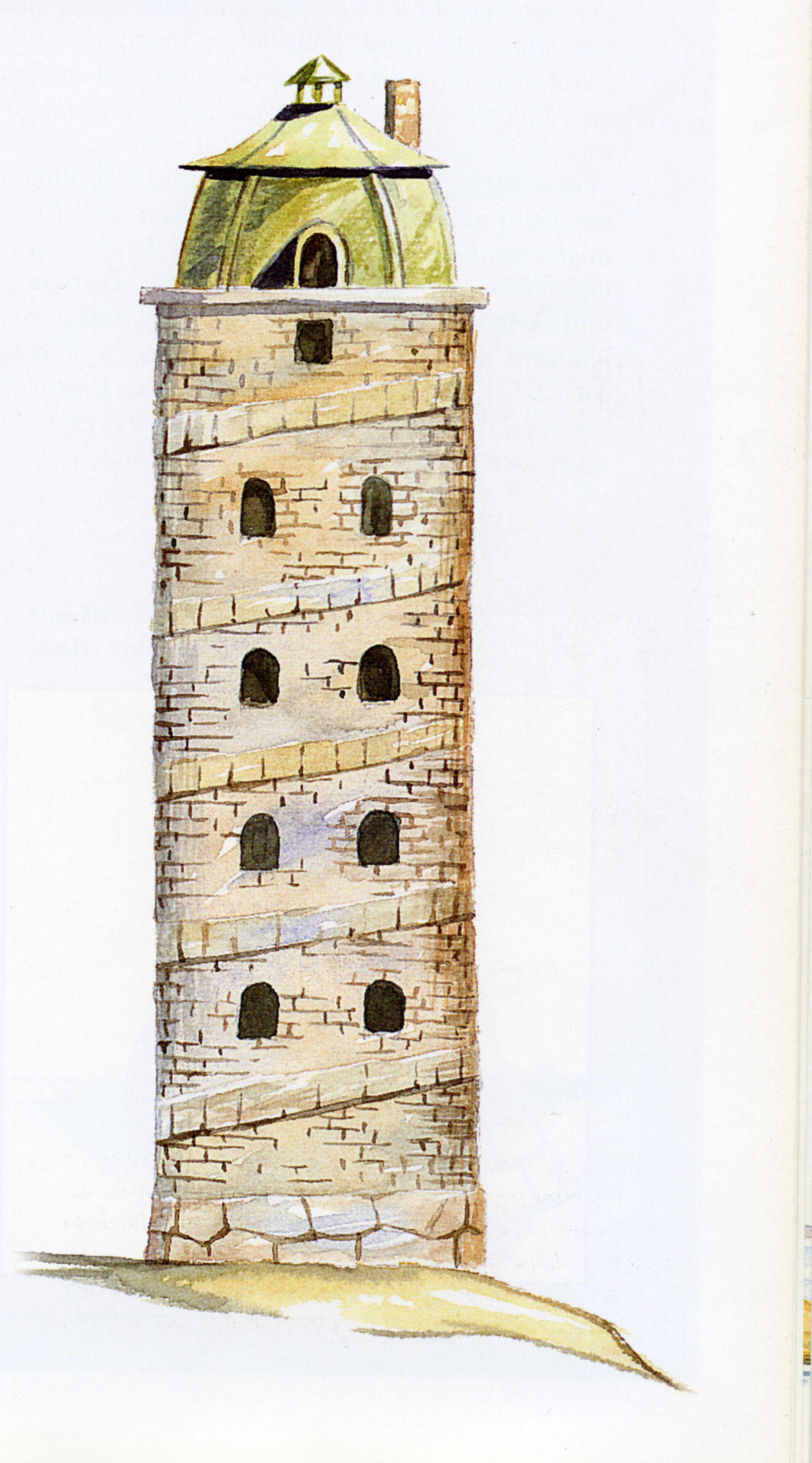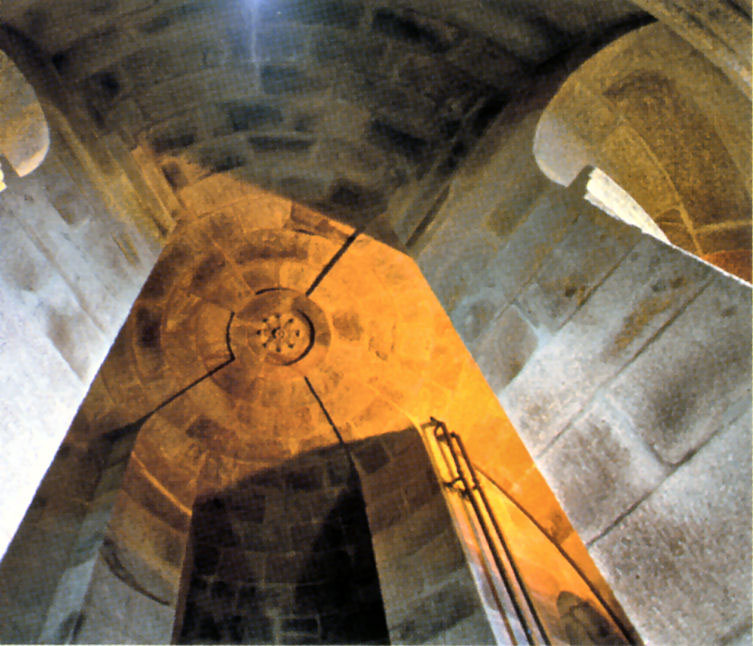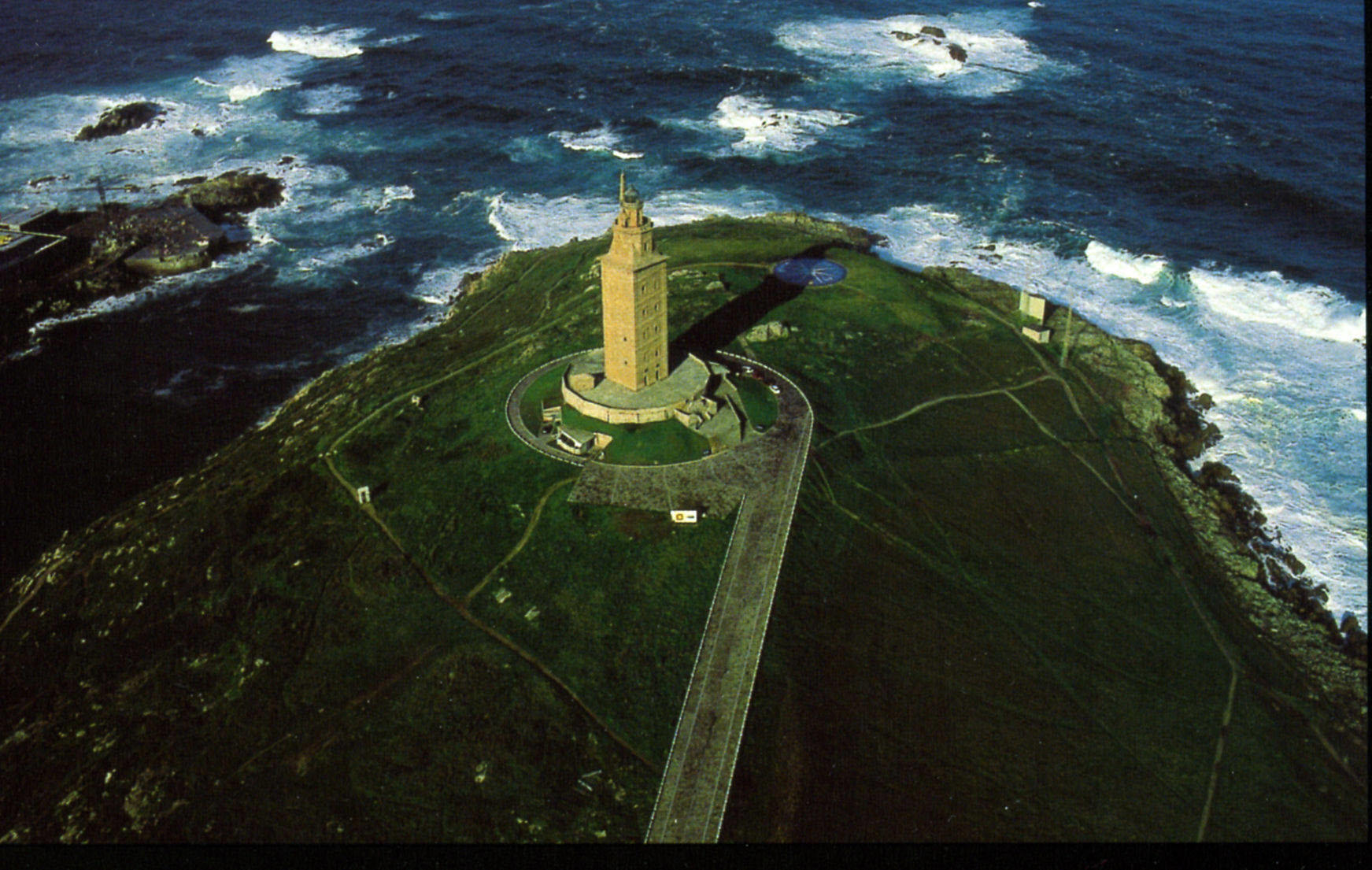
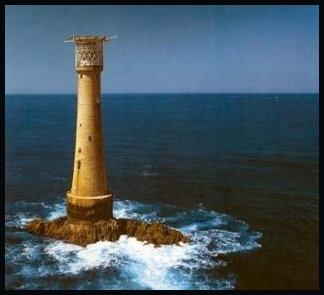


|
|
|
|||||||||||||||||||
|
|
||||||||||||||||||||
|
|
STORIE DI FARI THE LIGHTHOUSE OF LA CORUÑA "THE TOWER OF HERCULES"GALICIA, SPAIN by Annamaria "Lilla" Mariotti ARTICOLO PUBBLICATO SU "THE KEEPER'S LOG" NOVEMBRE 2010 http://uslhs.org/assets/resources/articles/lighthouse_of_la_coruna_spain.pdf 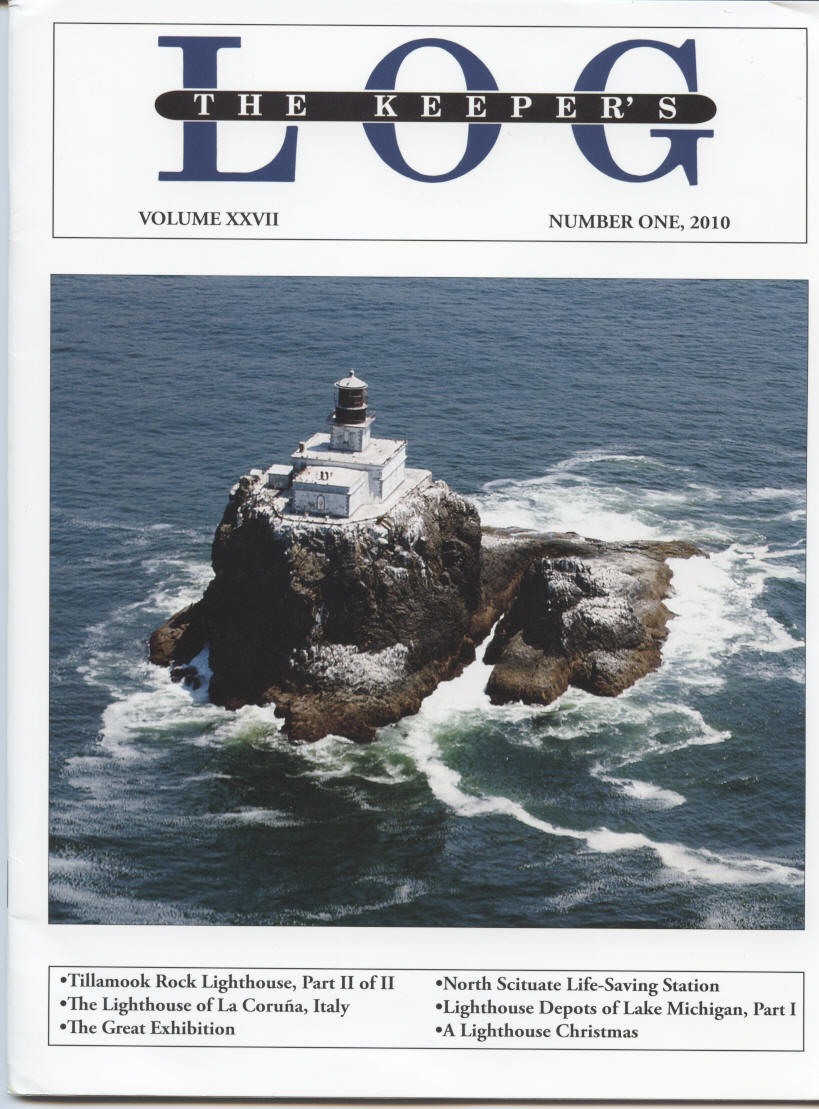 Each lighthouse has its own story, but there is one in particular, the Tower of Hercules at La Coruña in the region of Galicia on the northwestern coast of Spain, which owes its name to one of the most intriguing stories ever told. In the mythological world, the ways of gods and humans often crossed. Gods lived on Mount Olympus in Greece, and their king and queen were Zeus and his wife Hera, but from time to time some gods used to come down among the common people to interfere with their lives. As a man Hercules was called upon many times to perform important missions, and one of them was to kill Gerion, king of Spain, because of his cruelty. Gerion was a monster, a man with three bodies and three heads and no soul, and he owned a herd of bulls that he fed with the bodies of young virgin girls and boys offered by its citizens. The bulls were guarded by another monster: a two-headed dog named Orto. There is another legend connected with the lighthouse of La Coruña, less fantastic and based on the Book of Invasions, an Irish collection of histories of the 12th century. These are nothing more than legends, very different, but both connected with the lighthouse. They are still told today in that region as folk tales for the visitors, but the true story of this lighthouse is very different. The lighthouse of La Coruña is the oldest in the world still working. The original tower was built in the second century A.D. during the reign of the roman Emperor Trajan by the architect Caius Sevius Lupus, a man from Aeminium in Lusitania, a town located near Coimbra in what we today know as Portugal. The tower was dedicated to the god of war, Mars, and was used both as a lighthouse and a watch tower to protect the nearby port of Brigantium. It is still impressive to think that a modern electric lighting system works on top of stones placed by the Romans. The lighthouse is the symbol of the town itself, and it is a charming site to see MARTI AUG. SACR. C. SEVIVS LUPUS ARCHITECTUS AEMINIENSIS LUSITANUS EX.VO This lighthouse was involved in many troubles and events through the centuries. In a book written by the historian Paulus Orosius between 415 and 417, this tower is for the first time called faro (Spanish for lighthouse). Later, in 572, the surrounding land, a donation of the Iria Bishopric, was called Faro and in 830 the entire region took the name of Lighthouse-Shire. When the entire coastal population was forced to escape the Norman invasion starting from 846, the new village they built on the hills was called Burgo de Faro (Lighthouse Village). In 870 Saint Sebastian, in his chronicles, tells that the Normans reached a town known as Faro de Brigantoum (Brigantium Lighthouse). From 915 Brigantium was owned by the Santiago of Compostela Archbishopric, while the surrounding lands, still known as Faro, were owned by different monasteries and churches, until, in 991, King Bermudo II allotted the Lighthouse-Shire to the church of Santiago. During the Middle Ages, King Alfonso V confirmed the donation of the county to the church, with the exception of the tower. This roused the noblemen of the county, who started to fight among themselves for the property of the tower, which was in a strategic position near the sea to be used as a stronghold. The light again became a crown property, and after that it was once more owned by the Archbishopric of Santiago de Compostela. All these changes led to the decline of the tower from too many owners and lack of maintenance. At the end of the 12th century, the name of Brigantium was changed to La Coruña (from the Latin ad columnam, meaning “near the column”), which, in the following century, became the main town of the entire region. But the tower was still deteriorating: the outside ramp was destroyed and many stones of the lighthouse were used to build a new fortress inside the town. During the 16th century the tower again became property of the town, which wanted to restore it as a lighthouse. But the lack of outside stairs to reach the upper floors made the building unusable, and its ruin increased. In 1589, during the English siege, the tower was considered nothing more than “a bird’s nest.” The heavy expenses for the restoration, putting the lighthouse back into service, and maintaining it were paid for 10 years by the Consuls of England, Holland, and Flanders, who were interested in the security of commercial navigation among their countries. After that period, this responsibility was taken over by the towns’ authorities. But once again the lighthouse was neglected, and it suffered new decay: both the inside staircase and one of the small towers collapsed. In 1785 the lighthouse was handed over to the Royal Maritime Consulate of Galicia. It was decided to reconstruct the tower, and the commission was entrusted to an eclectic personage, Eustaquio Giannini, a naval officer and engineer. Since then new and more modern lighting systems have been installed. In 1847 the optic apparatus consisted of a rotating light with 11 big reflectors, 11 small ones, and 12 convex lenses, still fueled with olive oil. In 1883 the fuel was paraffin wax; in 1904 it was petroleum vapor. In 1921 electricity reached the lighthouse, where a Fresnel lens was installed and lighted by an electric bulb. The ancient clockwork equipment was replaced by a new electric rotating system, even though the old one is still kept in the lighthouse as a memory of the past. Between 1849 and 1854, the lighthouse hosted a school for prospective lighthouse keepers; many young men attended it to learn the trade. In 1956 on the southwest side of the tower a dwelling was built for the keepers and their families. In 1974 a foghorn was installed and in 1977 a radio beacon. Today the Tower of Hercules is the symbol of the town of La Coruña, and the tower and town are usually identified with each other. The beacon has been shown for centuries on coins and various coat of arms of the town. Through these images, it is possible to see the changes that the tower has undergone during the years. The Tower of Hercules is located at latitude 43° 23’ 2” north, longitude 8° 24’ 3” west. It is 49 meters (159 feet) high and the focal plane is 106 meters (348 feet) above sea level. Until 2001 there was also a keeper. Everything should be done to preserve these monuments. While most of them are very ancient and can tell us many stories if only we would listen, they must be preserved, most importantly, so future generations can enjoy them. Annamaria “Lilla” Mariotti is the author of The World’s Greatest Lighthouses, published by White Star, 2005. She can be reached at lilla.mariotti@alice.it
IMAGES : 2) The La Coruña Lighthouse at sunset. Wikipedia photo. 3) Ancient schematic of the lighthouse. Note the Latin inscription at bottom right. 4) The Roman tower. From Fari del Mondo. 5) The interior of the tower. Photo from The World’s Greatest Lighthouses by Annamaria “Lilla” Mariotti. 6) An aerial view of the La Coruña Lighthouse. Photo from Lighthouses of Europe by Daniel Charles. 7) Close-up of the turret of the lighthouse. From Lighthouses of Europe by Daniel Charles. 8) The La Coruña Lighthouse today. From The World’s Greatest Lighthouses by Annamaria “Lilla” Mariotti. |
|
||||||||
|
|
||||||||||
| Site Map |

